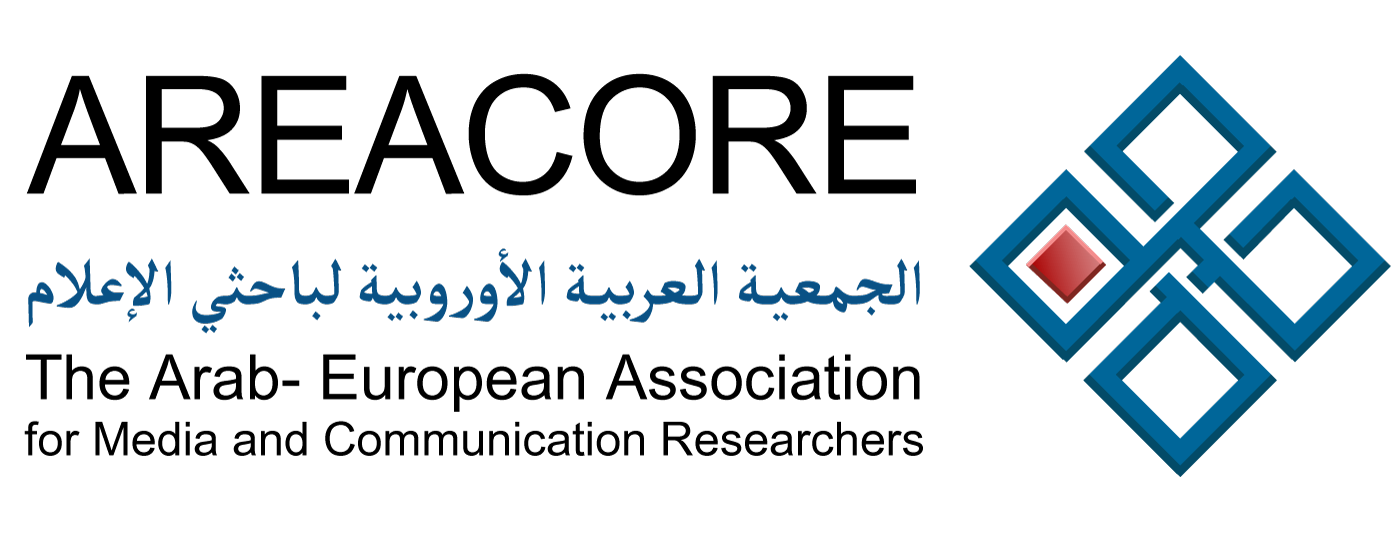Hannah Peuckmann, Militsa Stefanova, Ella Cevik
The Hashemite Kingdom of Jordan is a relatively small Arab country in the Middle East. Islam is the state religion. According to the Constitution, “Jordanians shall be equal before the law” with “no discrimination between them as regards to their rights and duties on grounds of race, language or religion.” This is written in Article 6, Item 1, and “equal opportunity to all Jordanians” is written in Article 6, Item 2. However, the Jordanian Constitution does not protect against discrimination based on sex.
Why Is It Important to Look at Media Through a Gender Lens?
We take gender as a social construct, which means that both its binarity and its roles are formed by society. They are reproduced as people continue to act them out. The media plays an important role in this perpetuation because it has a huge impact on the masses and affirms certain gender roles. So, when looking at women’s position in society, the role they’ve been given by media is relevant.
Portrayals of Women in Arab Media
There are different portrayals of women in Arab media. In the Western world, women and their bodies, in particular, are used to sell products in a very sexist way. In the Arab world, there are two common and clichéd types of portrayal. First, there’s the submissive, covered woman who only shows her skin to her husband. Second, there’s the exotic, harem woman who entraps the man. Which of these is most common in Jordan?
Interview with Dr. Reem Al-Zo’ubi, Professor at Al Al-Bayt University
“The image of the woman is very conservative. Most of the advertised women wear a hijab. If they are not wearing a hijab they will wear conservative clothes. Most of the time they are shown as a member of family. So it is not allowed to show women as sexist material in advertisements in Jordan.”
Women in Jordanian Media Organizations
Based on different studies, it can be said that the different areas of life and society in Jordan are characterized by the equality gap between the two sexes. This gap can be seen in every part of the media, from classical print and broadcast to online media.
Interview with Aya Alkhwaldeh, Editor at Jordan Media Institute
“Actually we have around 309 media organizations in Jordan. Among them TV channels, radio stations, electronic and printed publications and there are 1229 male journalists, while there are only 260 women – so their percentage is 21. Since the beginning of journalism in Jordan we have only five female editors-in-chief until now and we hope it will be more in the future.”
In addition to this conclusion, the following graph serves to illustrate how many male and female journalists participate in the creation of media content across the various streams. The result is the following: There’s one female journalist for every three males in all media organizations. Furthermore, it is very interesting to look at the male-to-female ratio of names mentioned or people quoted or interviewed in media content. In this case, the ratio is one female for every 10 males. But why is that?
Interview with Aya Alkhwaldeh, Editor at Jordan Media Institute
“There is no limitation on the part of the government but the working environment in Jordan is not appropriate for women. Our society, they don’t like women to work for long hours, also she can just not go anywhere and especially she can’t work at night. So it’s more appropriate for men. Also there is some discrimination against women in Jordan by employers and the source of information. They like to give information to male journalists.”
Interview with Dr. Reem Al-Zo’ubi, Professor at Al Al-Bayt University
“There will be some other challenges that has something to do with her family. So there should be a good balance between your work and your family. She at work as an employee or she could be an employer but at home she has to be the mother, a sister and she has to be the grandmother and she has to control everything that has to do with the household work. So yeah, she has more responsibilities than a man.
The family restriction restricts women or prevents them from participating in the Jordanian media. So after they graduate most of the families do not encourage them to take part in the media domain. They encourage more to go ahead to the education sector.”
References
Amawi, A. (2000). Gender and citizenship in Jordan. Gender and citizenship in the Middle East, 158-184. https://books.google.de/books?hl=de&lr=&id=z0NONcPkiDYC&oi=fnd&pg=PA158&dq=gender+equality+jordan&ots=q_Znc827uP&sig=qKP-Xx6mMVFill0cSvqJDnjTUQE#v=onepage&q=equality&f=false
Commodification of the Body, Beauty, and Sexuality (2018, August 13). https://mdlab.lau.edu.lb/wp-content/uploads/2018/08/Commodification-of-beauty-and-sex-sm.pdf
Gender Media | Dr. Jad Melki – Lebanese American University (2018). Retrieved August 15, 2019, from https://www.youtube.com/watch?v=wyDFbQ6O6o4&feature=youtu.be
Gender Portrayal in the Jordanian Media Content (June, 2018). http://www.unesco.org/new/fileadmin/MULTIMEDIA/FIELD/Amman/pdf/Gender_in_Media_EN_25062018.pdf
The Constitution of The Hashemite Kingdom of Jordan. https://www.refworld.org/pdfid/3ae6b53310.pdf
The status of Women journalists at Jordan’s media institutions (December, 2018). https://www.mediasupport.org/wp-content/uploads/2018/12/WomenJournalistsEN_FINAL_171221018.pdf
